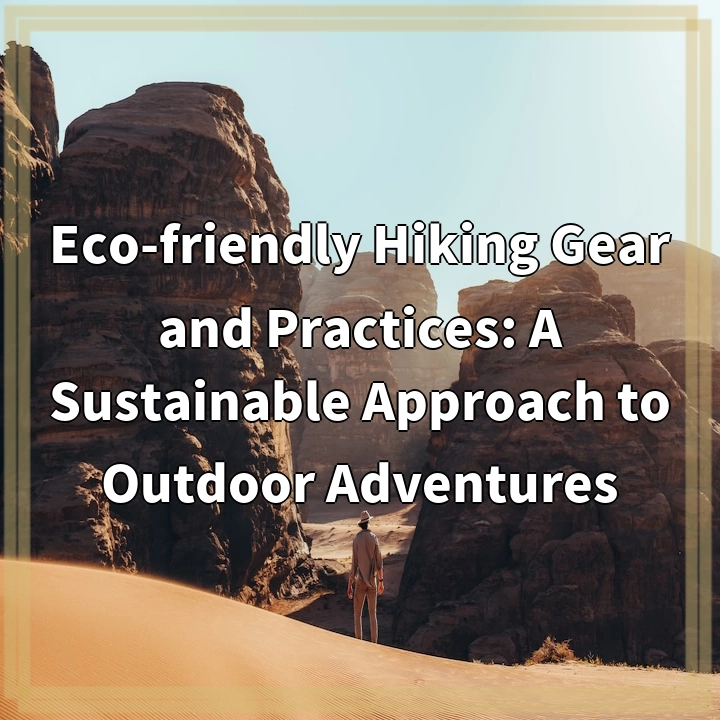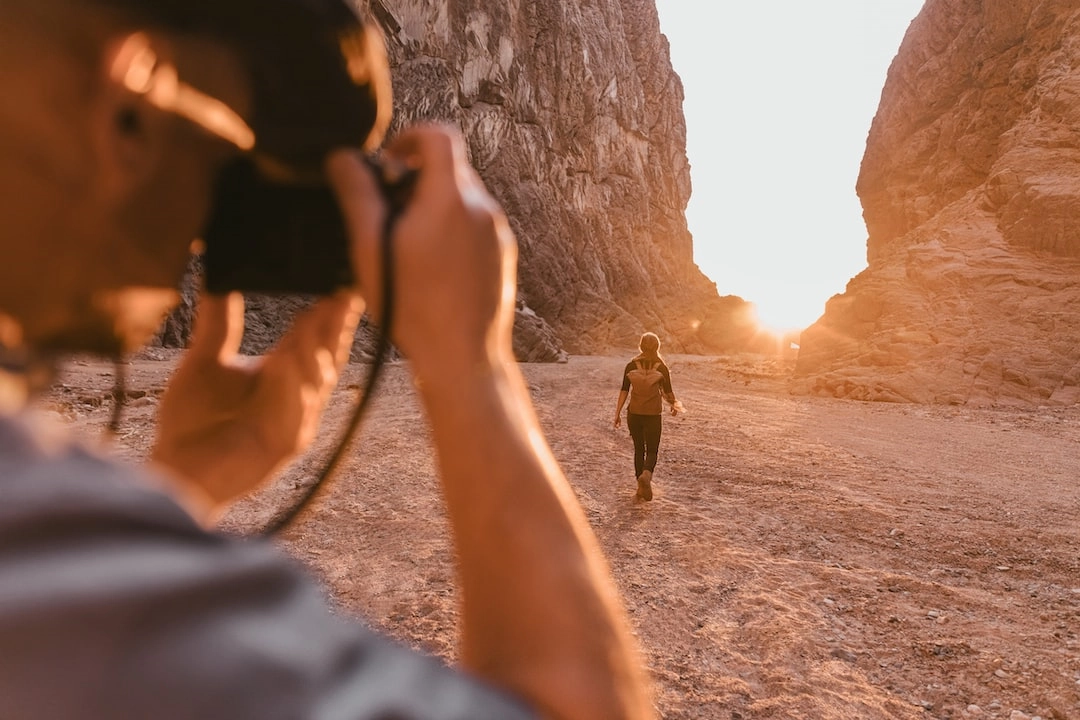
What it is:
Eco-friendly hiking gear and practices refer to the adoption of sustainable and environmentally conscious approaches when engaging in outdoor adventures such as hiking. This concept emphasizes minimizing the negative impact on the natural surroundings and promoting conservation efforts. It involves using gear made from eco-friendly materials, following leave-no-trace principles, and supporting ethical and responsible hiking practices.
Real-world problems:
While hiking and outdoor activities offer numerous benefits, they can also contribute to various environmental challenges. Some of the real-world problems associated with traditional hiking practices include:
1. Pollution and Waste:
Many hikers unknowingly contribute to pollution by leaving behind litter and non-biodegradable waste. This includes plastic water bottles, food wrappers, and other single-use items. The accumulation of waste can harm ecosystems, wildlife, and water sources.
2. Damage to Natural Habitats:
Unregulated and irresponsible hiking practices can cause damage to fragile ecosystems and natural habitats. Trampling on vegetation, straying off designated trails, and disturbing wildlife can have long-lasting negative impacts on biodiversity and local ecosystems.
3. Resource Depletion:
Traditional hiking gear, such as non-biodegradable clothing materials and non-renewable energy sources, contribute to resource depletion. The production and use of such gear contribute to greenhouse gas emissions and the depletion of finite resources, including fossil fuels and water.
4. Ethical Concerns:
Social and ethical issues can arise in the production of hiking gear, particularly when it comes to labor practices and the treatment of workers. Unethical manufacturing processes, such as sweatshop labor and unsafe working conditions, can be associated with conventional hiking gear.
By addressing these real-world problems and adopting eco-friendly hiking gear and practices, outdoor adventurers can minimize their impact and contribute to the protection and preservation of the environment for future generations.

Solutions for Eco-friendly Hiking Gear and Practices:
Addressing the real-world problems associated with traditional hiking practices requires proactive solutions. Here are some sustainable approaches and solutions that can be implemented:
1. Leave No Trace Principles:
Adopting and practicing the principles of “Leave No Trace” ensures minimal impact on the environment. This includes packing out all waste, disposing of it properly, staying on designated trails, and minimizing disturbance to wildlife and natural habitats.
2. Sustainable Gear Choices:
Choosing eco-friendly hiking gear made from sustainable materials can significantly reduce the environmental footprint. Opt for gear made from recycled materials, natural fibers, and renewable resources. Look for brands that prioritize ethical manufacturing processes and fair labor practices.
3. Minimize Single-Use Items:
Avoiding single-use items such as disposable water bottles and food wrappers can help reduce waste. Instead, bring reusable alternatives such as a refillable water bottle, food containers, and utensils. This reduces the amount of waste generated during a hiking trip.
4. Proper Waste Management:
Implement proper waste management practices by carrying a trash bag and disposing of waste properly in designated bins. Additionally, consider participating in organized trail clean-up events to help remove litter and preserve the natural beauty of hiking trails.
5. Educate and Advocate:
Spread awareness about eco-friendly hiking practices and the importance of sustainable gear choices. Educate fellow hikers, friends, and family about the environmental impacts of traditional practices and the benefits of adopting eco-friendly alternatives.
By implementing these solutions, hikers can contribute to the protection and preservation of our natural environment, ensuring that future generations can continue to enjoy the beauty of outdoor adventures while minimizing harm to the planet.















